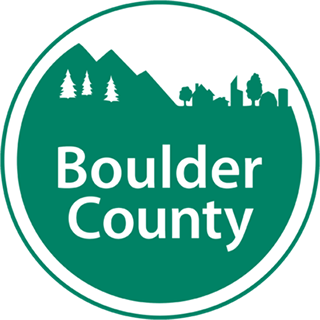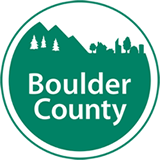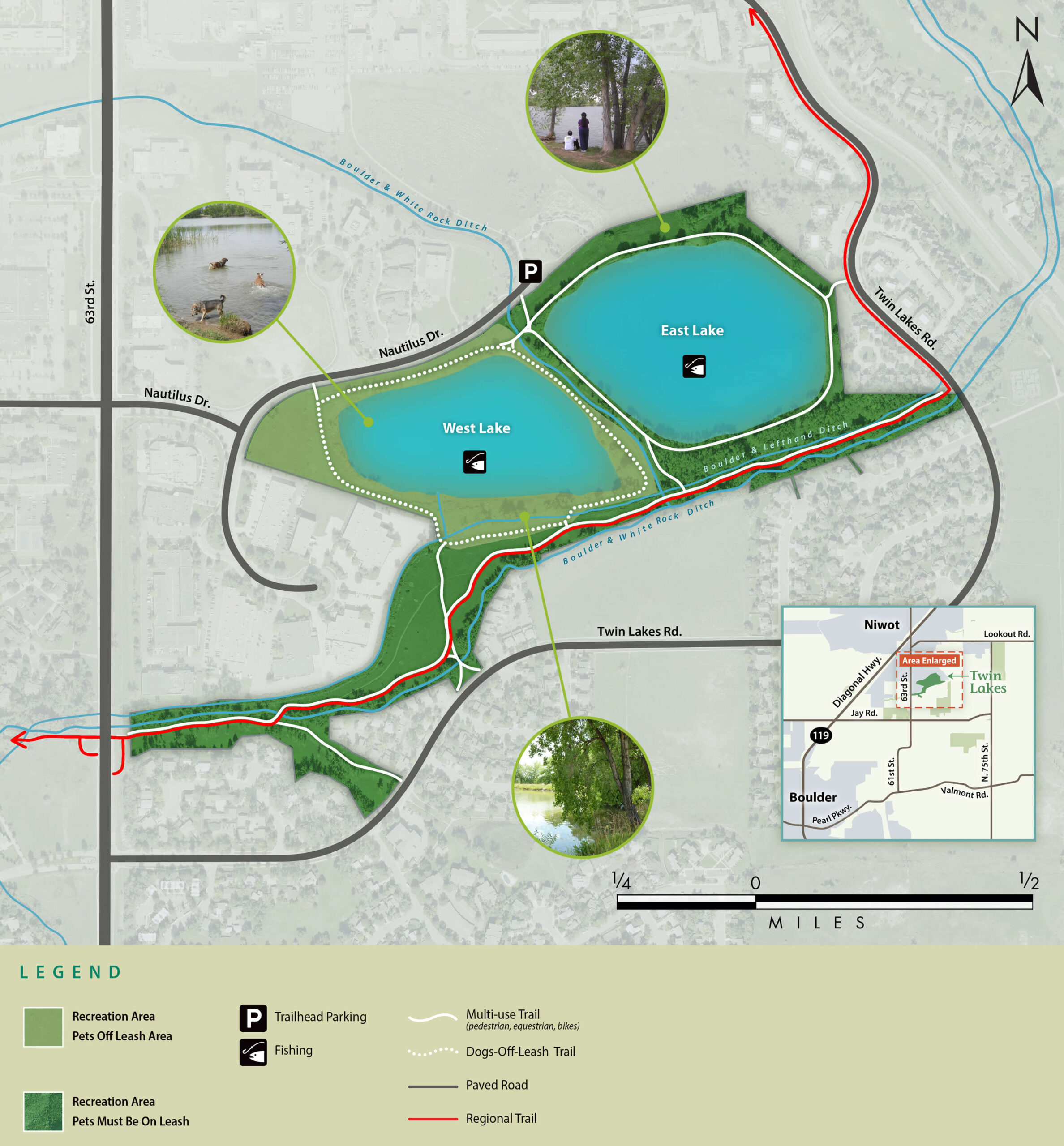This open space is a haven for wetland wildlife, a hidden gem in the heart of Gunbarrel area. Whether spending a lazy afternoon fishing or having an invigorating morning jog, community enjoyment runs high here.
Twin Lakes
Trails
-
East Twin Lakes Trail
0.7 miles – Easy
Dogs must be on a leash




-
West Twin Lakes Trail
0.7 miles – Easy
Dogs off leash allowed




Rules & Regulations

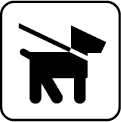

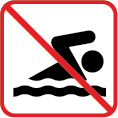


Trailhead Amenities
Keep in Mind
- Dogs are allowed off leash on the West Lake Trail. They must be on leash everywhere else.
- Fishing is allowed, however, the lakes are not stocked.
- Wading and swimming are not allowed.
- E-bikes are prohibited on the trail that follows the ditch between 63rd St. and Twin Lakes Rd.
- Regional trails and regional trail connectors are open to commuters 24 hours per day. Trailheads close at sunset and parking is not allowed between sunset and sunrise.
Photos
Open Gallery in New WindowWetland habitats, nestled within the surrounding Great Plains, support aquatic plant and animal life and serve to lure in large numbers of migrating bird species. With grasses, wildflowers and trees surrounding the wetlands, these areas are biologically diverse both in and out of the water.
Mammals
- Coyote
- Eastern cottontail
- Fox squirrel
- Little brown bat
- Raccoon
- Red fox
- Striped skunk
Birds
- American avocet
- American coot
- American crow
- American goldfinch
- American kestrel
- American robin
- American widgeon
- Belted kingfisher
- Canada goose
- Common grackle
- Common raven
- Downy woodpecker
- Black-billed magpie
- Black-capped chickadee
- Bullock’s Oriole
- Double-crested cormorant
- Great blue heron
- Great Horned Owl
- Killdeer
- Mallard
- Mourning dove
- Red-tailed hawk
- Red-winged blackbird
- Tree swallow
- Violet-green swallow
- Yellow-rumped warbler
- Yellow Warbler
Amphibians & Reptiles
- Bullsnake
- Garter snake
- Snapping turtle
Shrubs & Trees
- American plum (Prunus americana)
- Boxelder (Acer negundo)
- Chokecherry (Prunus virginiana)
- Coyote willow (Salix exigua)
- Peachleaf willow (Salix amygdaloides)
- Plains cottonwood (Populus deltoides var. monilifera)
- Red-berried elder (Sambucas racemosa)
- Smooth Sumac (Rhus glabra)
- Trembling aspen (Populus tremuloides)
- Wild licorice (Glycyrrhiza lepidota)
Grasses, Sedges, Cattails & Ferns
- Broad-leaved cattail (Typha latifolia)
- Narrow-leaved cattail (Typha angustifolia)
- Nodding bulrush (Scirpus pendulus)
- Smooth horsetail (Equisetum laevigatum)
White Wildflowers
- Common lambsquarters (Chenopodium album)
- Great Plains yucca (Yucca glauca)
- Hemp dogbane (Apocynum cannabinum)
- Riverbank grape (Vitis riparia)
- Star-flowered lily-of-the-valley (Maianthemum stellatum)
Yellow Wildflowers
- Common sunflower (Helianthus annuus)
- Curlycup gumweed (Grindelia squarrosa)
- Giant goldenrod (Solidago gigantea)
- Golden currant (Ribes aureum)
Pink, Orange & Red Wildflowers
- Desert paintbrush (Castilleja angustifolia)
- Showy milkweed (Asclepias speciosa)
- Swamp milkweed (Asclepias incarnata)
- Velvetweed (Oenothera curtiflora)
- Western snowberry (Symphoricarpos occidentalis)
- Woods’ rose (Rosa woodsii)
Green Wildflowers
- Giant ragweed (Ambrosia trifida)
- Western ragweed (Ambrosia psilostachya)
Water Rights
Since 1910, the Boulder and Left Hand Ditch Company has operated the two lakes, which are reservoirs used to store water for agriculture. Boulder and Left Hand Ditch Company still owns the rights to the water and Boulder County owns the land surrounding them.
Growing Gunbarrel
In the 1960s, thanks to the nearby IBM plant and other commercial attractions, the Gunbarrel residential area grew up around the lakes. The lakes have been central to the Gunbarrel community from the beginning.
